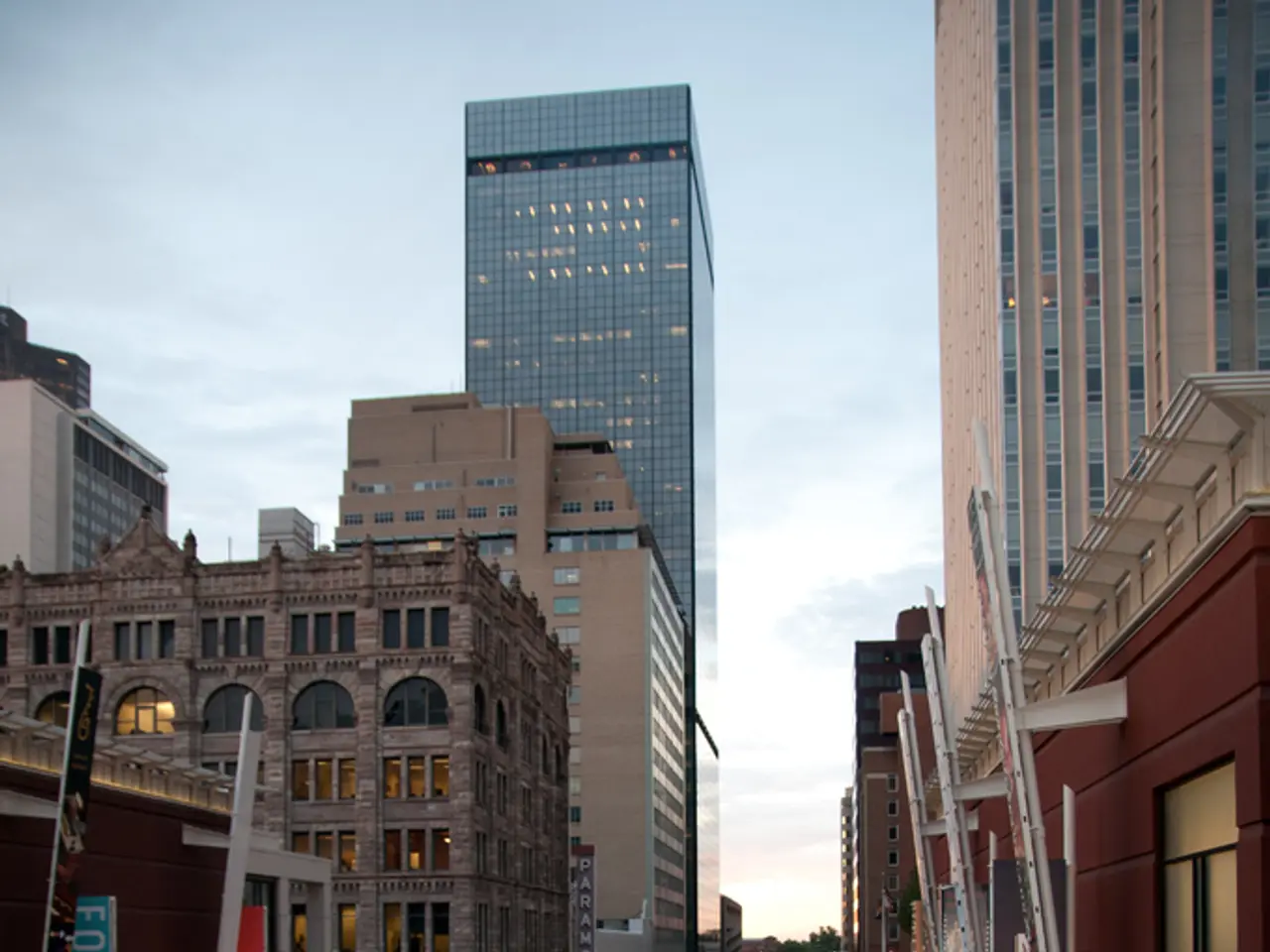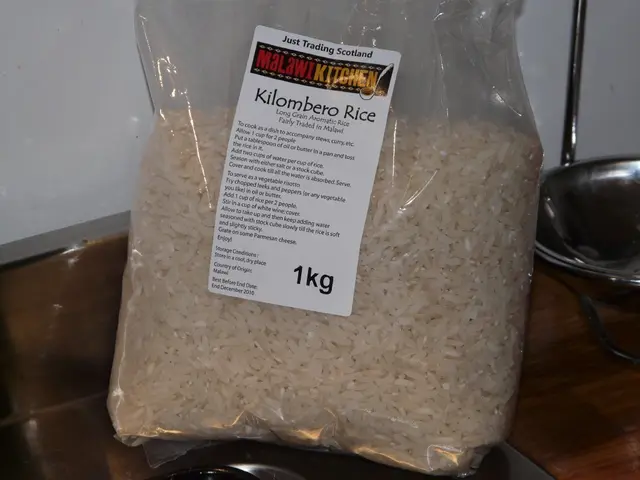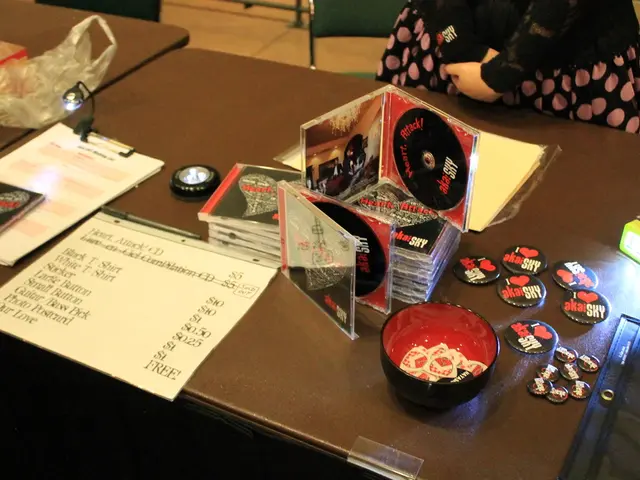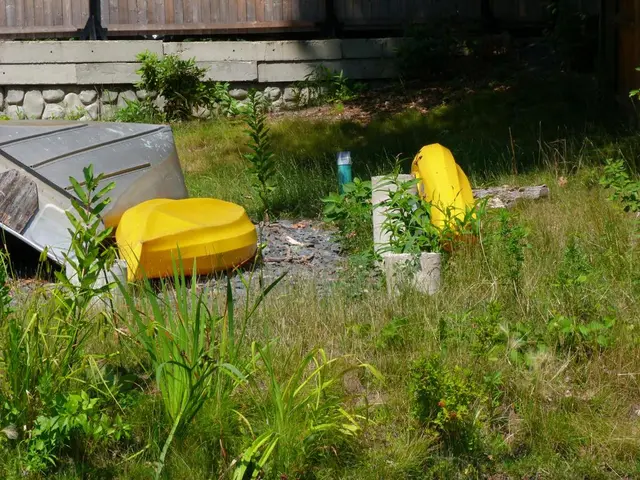Soaring Real Estate Costs Favor Family Homes' Popularity
In 2018, Croatia's real estate market was thriving, with a total value of properties sold reaching 32 billion kuna, accounting for 8.4% of the country's GDP. This included 104,000 real estate sales, 6 billion kuna generated in construction land sales, and 13 billion kuna from flat sales.
Fast forward to 2025, and the market landscape has shifted significantly. The first half of the year saw a 15% decrease in sales volume, with just over 57,000 property transactions. This decline is more pronounced in house sales, which dropped by 26%, compared to flats/apartments, which saw a 15% decrease. Sales of building land and garages/parking also declined by 17% and 12%, respectively.
Zagreb remains the most active market, with 7,876 transactions, but the city saw a 20% year-on-year drop in sales. This is largely due to a shortage of available properties rather than reduced demand. Other regions' data is less detailed, but the trend suggests major urban areas have tight supply relative to buyer interest.
Foreign buyer activity has also decreased, with property purchases by foreigners dropping about 13% from the 2022 peak to only 11,623 transactions in 2024, representing under 9% of total sales. This contributes to the overall market cooling and reflects challenges like rising prices and regulatory uncertainty.
The market's cooling and supply shortages in Zagreb indicate that prices likely remain high or rising in prime urban areas, while slower activity elsewhere suggests stabilization or less upward pressure. Specific median prices by region and property type are not provided, but they can be inferred to vary widely, with urban centers like Zagreb being the most expensive and active.
In 2018, the price of a square metre of a house in 29 coastal and island towns and municipalities ranged from 5,000 to 10,000 kuna. The highest price jump was recorded in Split-Dalmatia County (+8%), with the median price of 11,669 kuna per square metre.
In the same year, the number of houses sold increased by 4,000 to over 11,000, and the highest median price for family houses was recorded in Dubrovnik, at 12,000 kuna per square metre. In Zagreb, the median price of flats sold went up 4.9% on the year to 9,459 kuna per square metre.
However, no specific data was provided about the number of family houses sold in continental Croatia, the change in the total value of family house sales compared to previous years, or the number of family houses sold in these coastal and island towns and municipalities.
Despite these challenges, the real estate market in Croatia is returning to pre-crisis levels, as indicated by asking prices and an increase in both the volume of trading and number of transactions. In 190 towns and municipalities in continental Croatia, the price of a square metre of a house was below 1,000 kuna.
New tax reforms introduced in 2025 aim to simplify taxation and possibly impact investment dynamics. The overall real estate activity market size is estimated at €1.2 billion in 2025, with moderate industry growth and steady competition.
[1] Source: Croatian Bureau of Statistics [2] Source: Croatian Ministry of Finance [3] Source: Croatian Chamber of Commerce [4] Source: Vecernji List
- In the shifting market landscape of 2025, there has been a significant decrease in real estate sales volume, with a 15% drop, and this decline is more pronounced in house sales, which dropped by 26%.
- The Croatian Ministry of Finance has introduced new tax reforms in 2025, aiming to simplify taxation and possibly impact the dynamics of finance and investing in real-estate.




